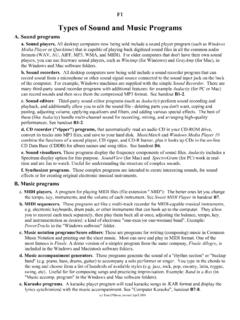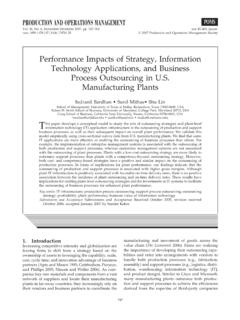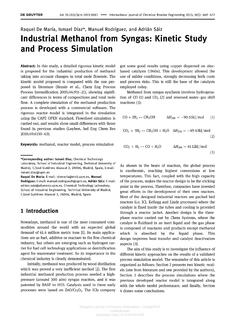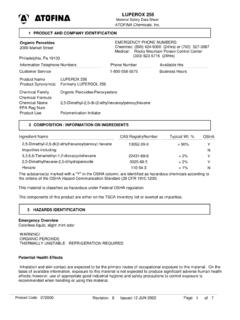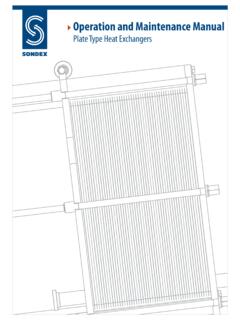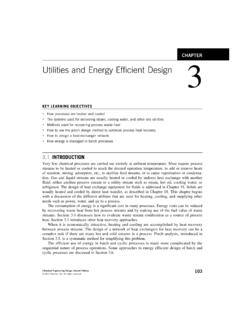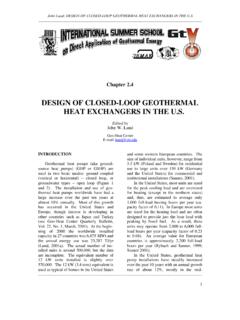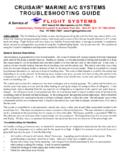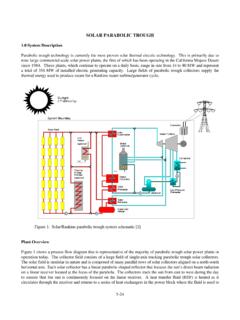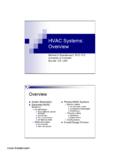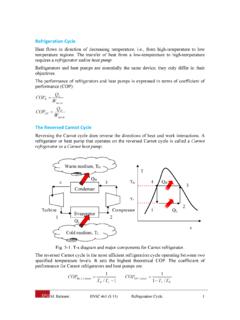Transcription of Design and Control of a Methanol Reactor/Column Process
1 Design and Control of a Methanol Reactor/Column ProcessWilliam L. Luyben*Department of Chemical Engineering, Lehigh UniVersity, Bethlehem, PennsylVania 18015 Methanol is one of the prime candidates for providing an alternative to petroleum-based liquid transportationfuels. It can be made from any renewable biomass hydrocarbon source by partial oxidation in an oxygen-blown gasifier to produce synthesis gas, which is then converted into Methanol . The purpose of this paper isto develop the economically optimum Design of a Methanol reactor/distillation column system with three gasrecycle streams to produce high-purity Methanol from synthesis gas.
2 The economics consider capital costs,energy costs, the value of the Methanol product, and the heating value of a vent stream that is necessary forpurging off inert components entering in the feed. A plantwide Control structure is developed that is capableof effectively handling large disturbances in the production rate and synthesis gas composition. The uniquefeatures of this Control scheme are a lack of Control of pressure in the reactor/recycle gas loop and a high-pressure override controller to handle stoichiometric imbalances in the composition of the synthesis gas IntroductionGlobal economic, environmental, and political forces haveincreased interest in developing sources of liquid transportationfuels that are not petroleum based.
3 Renewable biomass has thepotential to provide an alternative energy source that offers manylong-term advantages over petroleum. Biomass can be convertedinto synthesis gas by gasification, and the synthesis gas can beefficiently converted into Methanol using existing is possible that, in the not-to-distant future, most liquid-consuming transportation vehicles (cars, trucks, trains, andplanes) may use Methanol as their energy source. Olah et a Methanol economy as a more practical approachcompared to the widely discussed hydrogen economy becauseexisting liquid fuel infrastructure (pipelines and tanks) couldbe used with little modification, and the safety concernsassociated with hydrogen can be paper studies the Process to convert synthesis gas intomethanol.
4 A cooled tubular reactor is used to react hydrogenwith the carbon monoxide and carbon dioxide in the synthesisgas to produce Methanol . Water is a byproduct. The gas-phaseexothermic reactions are conducted in a packed tubular reactor,which is cooled by generating steam. A large gas recycle streamis required to obtain high overall conversion. A distillationcolumn separates Methanol from fixed amount of synthesis gas is fed into the system, andthe effects of the many Design optimization variables on theyield of Methanol , the energy costs, and the capital costs areevaluated. These variables include reactor pressure, reactor size,concentration of inert components in the recycle gas, andpressure in a flash tank upstream of the column.
5 The purposeof the flash tank is to keep light components from entering thecolumn that would blanket the investigation reveals that the economics are dominatedby Methanol yield. Energy costs and capital costs are an orderof magnitude smaller than the value of the product. The majorenergy cost is compression of the synthesis gas, so the optimumreactor operating pressure is a trade-off between compressioncosts and Methanol yield. Reactor temperature is set such thathigh-pressure steam can be produced in the reactor. Reactorsize is a trade-off between reactor and catalyst capital investmentand recycle compression costs (energy and capital).
6 Inertcomponent concentration in the recycle gas is a trade-offbetween Methanol yield (reactant losses in the vent) andcompression costs. Selection of pressure in the flash tank is atrade-off between compressor costs in two compressors that areaffected in opposite directions by varying the flash-tank Process StudiedFigure 1 shows the flowsheet of the Process . The equipmentsizes and conditions shown are the economic optimum devel-oped later in this paper. The Aspen RK-Aspen physicalproperties model is used in all units of the Process except inthe distillation column, in which the van Laar equations areused to calculate liquid activity Compression and Reactor gasat bar is compressed in a two-stage compression systemto 110 bar.
7 The fresh feed is mostly hydrogen, carbon dioxide,and carbon monoxide, but it also contains small amounts ofmethane and nitrogen. The inert components must be purgedout of the system. The two feed compressors consume a totalof MW of electric recycle gas streams are added, and the total gas streamenters a feed-effluent heat exchanger (FEHE) at 53 C. The hotreactor effluent at 266 C transfers MW of heat into thecold stream, which heats it to 144 C. The required area is 2157m2using an overall heat -transfer coefficient of 144 kcal h-1m-2K-1. The gas is then heated to 150 C in a reactor preheater(HX3) whose heat duty is MW and uses medium-pressuresteam (184 C and 11 bar).
8 Packed tubular reactor has 8000 tubes withlength m and diameter m. The reactor is cooledby generating high-pressure steam (254 C and 42 bar), so thereactor temperatures through the tubes climb to a peak of about280 C. The reactor effluent is at 266 C. The heat transfer rateis MW using an overall heat -transfer coefficient of 244kcal h-1m-2K-1. The catalyst has a density of 2000 kg/m3,and the reactor void volume is The reaction kinetics arediscussed in a later section. The reasons for the selections oftemperature, pressure, and reactor size are discussed later inthis Separator, Recycle, and the reactor effluentis cooled to 174 C in the FEHE, it is further cooled to 38 C* To whom correspondence should be addressed.
9 Phone: 610-758-4256. Fax: 610-758-5057. E-mail: Eng. Chem. ,49,6150 2010 American Chemical SocietyPublished on Web 06/02/2010and partially condensed in a water- cooled heat exchanger whoseheat duty is 102 MW. The stream is separated in a tank operatingat bar and 38 C. The total pressure drop around the gasloop ( heat exchangers and reactor) is of the vapor stream is compressed back up to 110 barand recycled. The recycle compressor work is MW. Thegas recycle flow rate is 38 465 kmol/h for the 11 450 kmol/hof synthesis gas feed (recycle-to-feed ratio) ). A smallfraction ( ) is vented off at a flow rate of 865 kmol/h.
10 Thisis where the inert methane and nitrogen in the synthesis gasfresh feed are removed from the system. The concentrations ofmethane and nitrogen in the vent and recycle streams are 4 mol %, respectively. These compositions should becompared with the mol % methane and mol % nitrogenin the fresh synthesis gas feed. The inerts are allowed to buildup so that the losses of the reactants (hydrogen, carbonmonoxide, and carbon dioxide) are kept hydrogen that is lost in the vent stream is of thehydrogen in the synthesis gas feed. The carbon monoxide lostis of the carbon dioxide in the synthesis gas feed.
